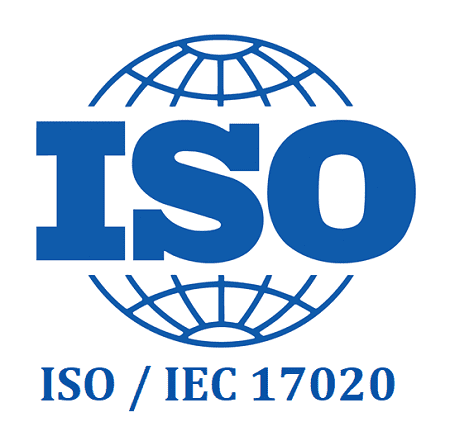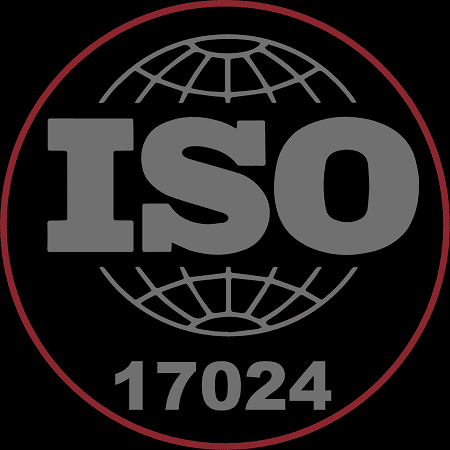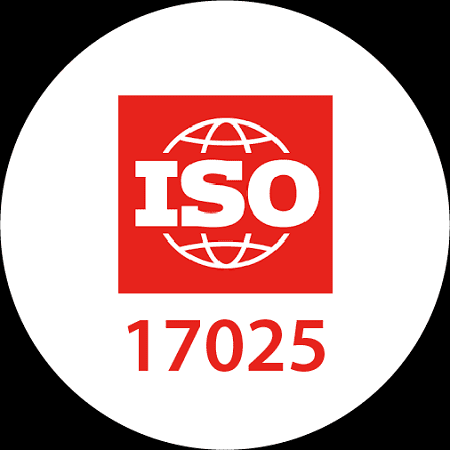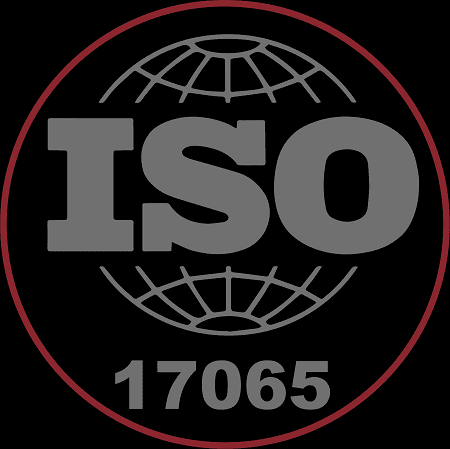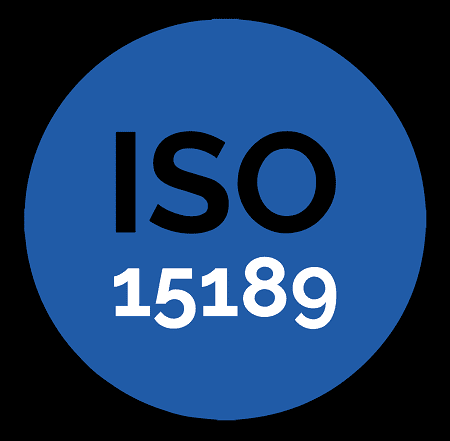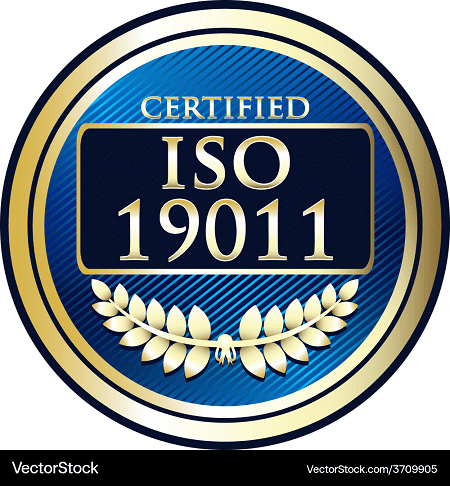Certification Bodies And Rating Agency Accreditation
Certification Bodies and Rating Agencies are organizations that provide validation and assurance for standards and performance in various industries. These entities operate under a framework of accreditation to ensure credibility, consistency, and impartiality in their services. Here’s a brief explanation of both and how they relate to accreditation: 1. Certification Bodies Certification bodies are organizations responsible for verifying that companies, products, or systems meet specific standards. These standards may relate to quality, safety, environmental management, or other industry-specific criteria. The certification body assesses and verifies compliance, then issues a certificate as proof. Common Types of Certification: ISO Certification: Issued by certification bodies accredited to ISO standards, such as ISO 9001 (Quality Management) or ISO 14001 (Environmental Management). Product Certifications: Validating products against safety, environmental, or performance standards (e.g., CE marking in Europe). System Certifications: Certifying management systems, such as food safety management systems (e.g., ISO 22000). Accreditation for Certification Bodies: Certification bodies must be accredited to ensure that they follow internationally recognized procedures. Accreditation is typically provided by an accreditation body. These are independent authorities that validate the certification body’s competence and impartiality. Examples of Accreditation Bodies: ANSI National Accreditation Board (ANAB): In the U.S., ANAB accredits bodies that certify compliance with standards like ISO. UKAS (United Kingdom Accreditation Service): UKAS accredits certification bodies in the UK. IAF (International Accreditation Forum): Ensures global standards are met for certification bodies. 2. Rating Agencies Rating agencies evaluate the creditworthiness or performance of companies, financial instruments, or sovereign entities. They provide ratings that indicate risk levels and investment security. Types of Ratings: Credit Ratings: Measure the credit risk associated with entities or debt instruments (e.g., bonds). Ratings can be given to corporations, countries, or financial institutions. ESG Ratings: Evaluate companies based on Environmental, Social, and Governance (ESG) performance. Financial Strength Ratings: Assess the financial stability of insurance companies, banks, or other financial entities. Accreditation for Rating Agencies: Accreditation for rating agencies ensures transparency, consistency, and lack of bias in their evaluations. Agencies must adhere to regulatory standards and demonstrate independence in their assessments. Accreditation Bodies: Securities and Exchange Commission (SEC): In the U.S., rating agencies that provide credit ratings for financial instruments may register as Nationally Recognized Statistical Rating Organizations (NRSRO) with the SEC. ESMA (European Securities and Markets Authority): Regulates and oversees credit rating agencies in Europe. IOSCO (International Organization of Securities Commissions): Establishes standards for credit rating agencies internationally. Key Differences: Certification Bodies focus on verifying compliance with industry-specific standards, whereas Rating Agencies evaluate and grade financial risk or performance (e.g., creditworthiness). Certification Bodies are accredited by national or international bodies for compliance with standards, while Rating Agencies may be accredited or registered with regulatory authorities to ensure their methodologies are sound and transparent. Both types of organizations play a crucial role in ensuring trust and reliability within their respective industries. Accreditation guarantees that they operate impartially and maintain high standards in their evaluations. What is Certification Bodies And Rating Agency Accreditation Certification Bodies and Rating Agency Accreditation are processes involving third-party organizations that provide independent verification or assessment of a company’s compliance, performance, or risk. These organizations ensure that companies, products, or systems adhere to industry standards, and they must be accredited by relevant authorities to guarantee the reliability of their evaluations. 1. Certification Bodies A Certification Body is an independent organization that audits and certifies that a product, process, management system, or person meets specific standards. The certification proves that an entity complies with relevant standards, such as quality, safety, environmental impact, or performance. Examples of Standards: ISO Standards: The International Organization for Standardization (ISO) sets standards like ISO 9001 (Quality Management Systems) or ISO 14001 (Environmental Management Systems). Product Standards: Certifications like CE marking (for products in the European Union) ensure that the product meets health, safety, and environmental standards. Role of Accreditation for Certification Bodies: Certification bodies themselves must be accredited by independent accreditation bodies to ensure they are competent and impartial. Accreditation bodies assess the certification body’s procedures, personnel, and audit systems to ensure they meet internationally recognized standards, such as those set by the International Accreditation Forum (IAF). Examples of Accreditation Bodies: UKAS (United Kingdom Accreditation Service): Accredits certification bodies in the UK. ANAB (ANSI National Accreditation Board): Accredits bodies in the U.S. for compliance with standards like ISO. IAF (International Accreditation Forum): Oversees accreditation bodies globally. 2. Rating Agencies A Rating Agency is a company that evaluates the creditworthiness or risk associated with financial instruments, companies, or sovereign entities. They issue credit ratings that indicate the likelihood that a borrower will repay debt or the level of risk associated with a financial asset. Types of Ratings: Credit Ratings: Measure a company or country’s ability to repay its debt. ESG Ratings: Evaluate a company’s Environmental, Social, and Governance (ESG) performance. Financial Stability Ratings: Assess the financial strength of institutions like banks or insurance companies. Accreditation or Registration for Rating Agencies: Rating agencies are often regulated by national or international bodies to ensure transparency, consistency, and fairness in their assessments. In some cases, rating agencies must be registered or accredited by regulatory bodies to provide official ratings for financial markets. Examples of Regulatory Bodies for Rating Agencies: Securities and Exchange Commission (SEC): In the U.S., the SEC registers credit rating agencies as Nationally Recognized Statistical Rating Organizations (NRSRO). ESMA (European Securities and Markets Authority): Regulates credit rating agencies in Europe. IOSCO (International Organization of Securities Commissions): Sets international standards for the credit rating process. Accreditation: Ensuring Credibility and Trust Both Certification Bodies and Rating Agencies rely on accreditation to ensure their operations meet stringent requirements for competence, impartiality, and transparency. Without accreditation, their assessments or certifications may not be trusted in the marketplace. For Certification Bodies, accreditation is provided by national or international accreditation bodies, and it verifies that the body is competent to assess conformity to standards like ISO. For Rating Agencies, accreditation or registration ensures that their ratings are based on sound methodologies, reducing bias and enhancing transparency in financial markets. In summary,




